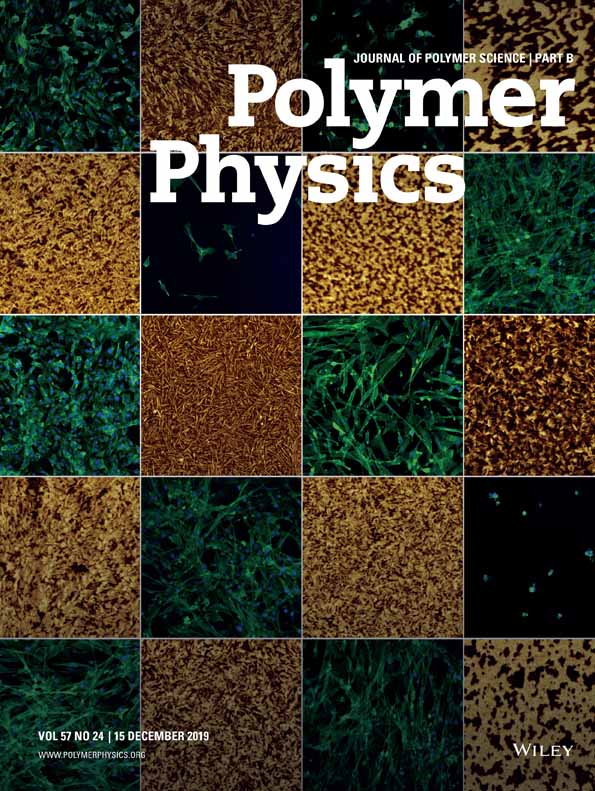The buildup of the electric field during positron annihilation lifetime spectroscopy measurement
Abstract
Positron annihilation lifetime spectra were measured on pure polystyrene (PS) and PS samples whose film surfaces were coated with gold, graphite (GR-PS), or MoS2. The results showed the longest lifetime remained constant with measured time in all experimental samples, whereas the corresponding intensity decreased with time at different rates. The experimental phenomena were associated with the buildup of an electric field inside the polymer during extended positron annihilation lifetime spectroscopy (PALS) measurement. The decrease in the rate was attributed to the presence of conductive film causing the neutrality between positive charges and negative charges, thereby reducing the buildup of the electric field. Additionally, we also performed PALS measurement on GR-PS under different experimental conditions, such as the conductive film being grounded or not grounded or the presence of an external electric field. These results further indicated that the buildup of the electric field was responsible for the decrease in the intensity with time. © 2000 John Wiley & Sons, Inc. J Polym Sci B: Polym Phys 39: 332–336, 2001




